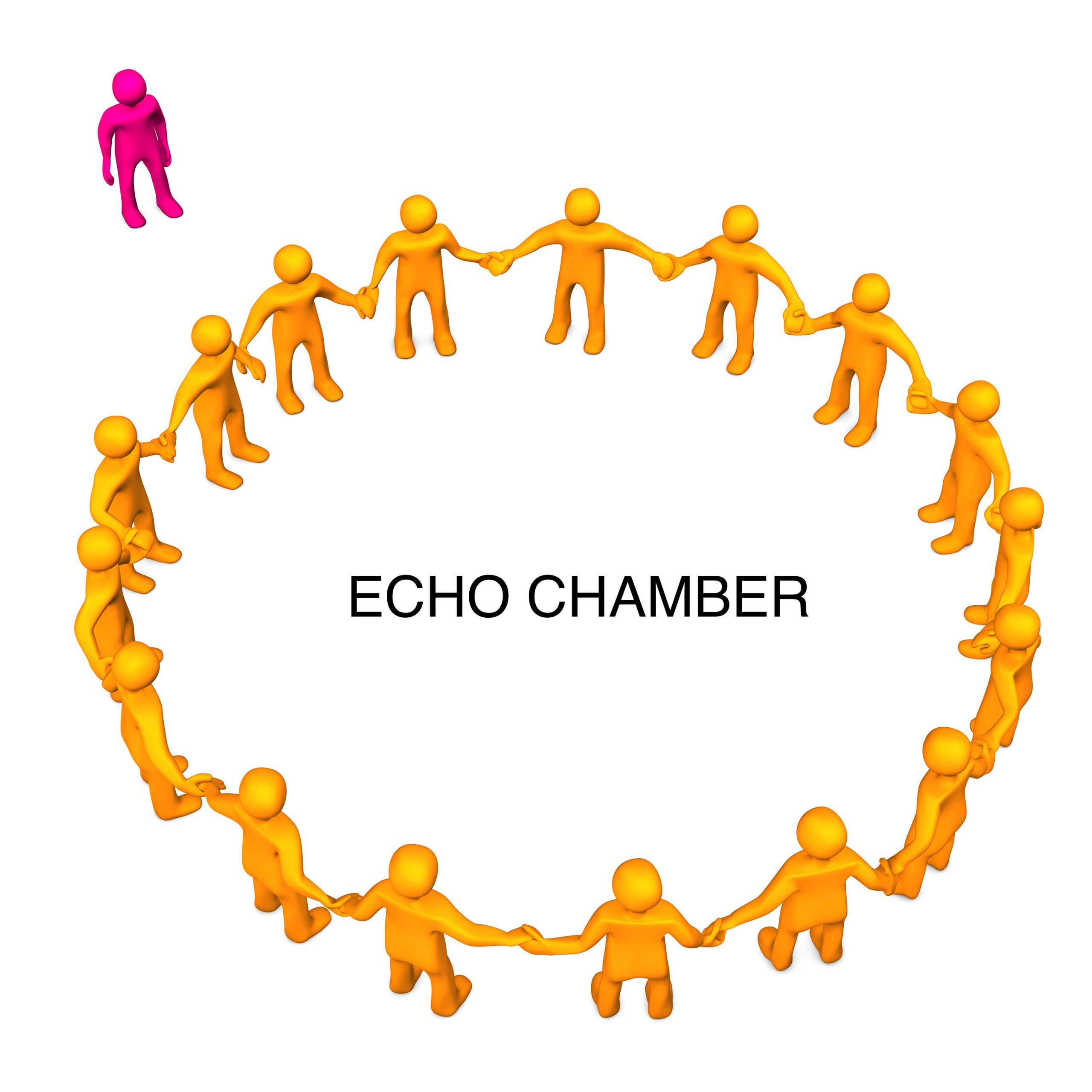Do Cats Play Soccer? While you might not see a feline team competing in the World Cup anytime soon, exploring the agility, speed, and potential of cats in a sports context, particularly soccer, opens up an interesting discussion. At solcat.net, we delve into the fascinating world of feline athleticism and how these skills can be nurtured. Unlock your cat’s inner athlete with our expert advice and training tips, and discover a new way to bond with your furry friend. Learn about feline fitness, agility training, and playful activities to keep your cat healthy and happy.
1. Understanding “Feed the Cats” Philosophy for Soccer
The “Feed the Cats” (FTC) philosophy, initially developed to enhance track and field performance by focusing on speed and enjoyment, can be adapted to soccer. The core idea is to prioritize athleticism—speed, explosiveness, and agility—over excessive endurance training. This approach recognizes that the key to success in soccer isn’t just about running long distances, but about being fast and explosive.
1.1. Why Stop Reverse Engineering the Game?
Traditional soccer training often involves long-distance running to mimic the distances covered during a game. However, this can be counterproductive. Just because soccer players run seven miles in a game doesn’t mean they need to run seven miles in training. Endurance running can actually detract from the athleticism required for explosive movements and quick sprints.
Imagine the winners of the Chicago Marathon. Do they resemble the fast, explosive players you see on the soccer field? According to research from the Cornell Feline Health Center, focusing on sprints, heavy lifting, and high jumps can significantly improve a cat’s overall athleticism and agility.
1.2. Embracing Athleticism Over Endurance
The FTC approach emphasizes that speed and explosiveness are crucial for soccer. Instead of prioritizing endless running, coaches should focus on training athletes to sprint fast, lift heavy, jump high, and bounce. This approach recognizes that athleticism is not just a genetic trait but can be developed through targeted training.
 Cat chasing a soccer ball, showcasing agility and playfulness
Cat chasing a soccer ball, showcasing agility and playfulness
2. How Speed Can Elevate a Soccer Team
Speed is a fundamental attribute that can significantly enhance performance in soccer. The FTC philosophy recognizes that speed isn’t just another skill to develop; it’s the foundation upon which all other skills are built.
2.1. The Tide That Lifts All Boats
Sprinting, the most extreme form of human movement, pushes the central nervous system (CNS) to its limits. Training at maximum velocities raises the ceiling of the CNS, improving all movement patterns. This means that by training for speed, players can improve their quick first step, acceleration, and agility.
Consider this: if a golfer improves their sprint speed, they can swing the club faster. Similarly, a hockey player who sprints faster will be faster on the ice. Speed is not just a separate skill but the tide that lifts all boats.
2.2. In-Season Speed Training
To prioritize speed in-season, consider incorporating the Atomic Speed Workout. This workout includes a series of speed drills and timed sprints that can be completed in under 20 minutes. It’s a high-quality workout that focuses on maximizing speed and challenging the CNS.
Avoid repeat sprints in a fatigued state, cone drills, and simply playing soccer as speed training. These activities don’t challenge the CNS in the same way as focused speed work.
2.3. The Role of the Central Nervous System (CNS)
The CNS governs speed, and training at maximum velocities improves its function. This is why speed training is so effective in enhancing overall athleticism.
 Diagram illustrating the importance of the central nervous system in athletic performance
Diagram illustrating the importance of the central nervous system in athletic performance
3. Avoiding Overtraining: “Don’t Burn the Steak”
One of the biggest issues in sports is overtraining, which leads to injuries and burnout. The FTC philosophy emphasizes the importance of rest and recovery to prevent athletes from being overworked.
3.1. The Problem with “More-More-More”
American sports culture often promotes the idea that more work leads to better results. However, this isn’t always the case. Excessive volume and insufficient recovery can lead to injuries and decreased performance.
3.2. The “Tired is the Enemy, Not the Goal” Philosophy
The FTC approach rejects the grind mentality. Instead, it emphasizes the importance of staying fresh and healthy. The goal is not to be tired but to be ready to perform at a high level.
This philosophy challenges the traditional notion that hard work and mental toughness are the only keys to success. While these qualities are important, they should not come at the expense of an athlete’s health and well-being.
3.3. Prioritizing Health and Well-being
The FTC philosophy prioritizes the athlete’s physical and mental health. This means ensuring they get enough rest, recovery, and sleep. It also means creating a positive training environment where athletes enjoy what they are doing.
 Image promoting rest and recovery as part of a training program
Image promoting rest and recovery as part of a training program
4. Old-School vs. New-School Training Pyramids
The FTC philosophy offers a different perspective on training compared to traditional methods. This can be visualized through contrasting training pyramids.
4.1. Traditional Coaching Values
Traditional coaches often value hard work and fatigue in practice more than high performance. Athletes are encouraged to push through their misery with effort. However, this approach can lead to burnout and decreased performance.
The idea that practicing in a constant state of fatigue will magically make games easy is a common misconception. Practicing tired does not lead to endless energy to play fast and explosive soccer.
4.2. The FTC Pyramid: Prioritizing Health and Performance
The FTC Pyramid focuses on the athlete’s physical and mental health, leading to performance-level work sooner. This pyramid prioritizes rest, recovery, and sleep as the foundation for athletic success.
4.3. Redefining Hard Work
While the FTC philosophy emphasizes rest and recovery, it doesn’t mean that athletes aren’t working hard. Instead, it redefines hard work to include the mental and physical discipline required to prioritize health and well-being.
 Comparison of old-school and new-school training pyramids
Comparison of old-school and new-school training pyramids
5. The Importance of Rest, Recovery, and Sleep
Rest, recovery, and sleep are essential components of a successful training program. They allow the body to repair and rebuild, leading to improved performance.
5.1. Healthy Athletes
Being healthy means both “not-broken” and “physically able to perform at a high level.” The absence of injury is not enough. Athletes must be in optimal condition to perform at their best.
America’s fascination with hard work often disregards the concept of health. The FTC philosophy challenges this by prioritizing rest and recovery.
5.2. Happy Athletes
Mental health is just as important as physical health. Happy athletes are more motivated and willing to push themselves. They are also more likely to stay healthy and avoid burnout.
Creating a positive training environment where athletes enjoy what they are doing is crucial for their mental health. This means making practices fun and engaging and providing athletes with the support they need to succeed.
5.3. The Science of Dopamine
Dopamine is a neurotransmitter that plays a key role in motivation and movement. It allows us to move our arms and legs faster and gives us reckless confidence.
To increase dopamine levels, athletes should get plenty of sunshine and sleep. They should also focus on accomplishing small goals, which trigger the release of dopamine.
 Image emphasizing the importance of rest, recovery, and sleep
Image emphasizing the importance of rest, recovery, and sleep
6. Recording, Ranking, and Publishing Performance Metrics
Competition is a powerful motivator. Great coaches gamify training by measuring performance and recording, ranking, and publishing the results.
6.1. Measuring What Matters
It’s important to measure meaningful things to make meaningful things more meaningful. This means focusing on metrics that are relevant to soccer performance, such as sprint times, vertical and horizontal jumps, and weight room numbers.
With the right technology, coaches can also measure bounce and other advanced metrics.
6.2. The Fly-10 Drill
The Fly-10 drill is a great way to measure speed. Athletes run a 40-yard dash, but only the final 10 yards are timed. This drill measures the ceiling of the CNS and provides valuable insights into an athlete’s speed potential.
The times can be converted to mph to make the numbers more relatable. For a boys soccer team, wristbands can be handed out for 19, 20, 21, and 22 mph. For a girls soccer team, wristbands can be handed out for 16, 17, 18, and 19 mph.
6.3. Universal Speed Rating
Registering your team with Les Spellman’s Universal Speed Rating (USR) is a great way to track progress and stay motivated. Seeing progress is key to maintaining motivation.
 Image illustrating speed measurement with mph wristbands
Image illustrating speed measurement with mph wristbands
7. The Role of the Weight Room
Strength training is an important part of athletic development. However, the weight room should never interfere with speed training or in-season sports.
7.1. General Strength Training
The weight room should be used for general strength training, not for sport-specific exercises. Focus on building a strong foundation of strength that can be applied to a variety of activities.
7.2. Prioritizing Speed and Soccer
Speed training should always take precedence over weight room work. In-season, the weight room should be used sparingly to maintain strength levels without causing fatigue.
Be general in the weight room, be extreme in speed training, and be specific in soccer practice.
8. Allowing the Season to Build Capacity
Instead of trying to cram all the conditioning into the preseason, allow the season to build your team’s capacity and endurance.
8.1. Patience in Building Capacity
Don’t sacrifice the health and athleticism of your athletes to get them into shape for the first game. Let the game be hard. F*ck the grind.
8.2. The Importance of Health and Athleticism
It’s better to enter game one with a full roster, 100% healthy, than to have tired and broken athletes because you wanted the mental toughness that comes with a conditioning focus.
8.3. Focusing on Long-Term Development
Remember, the most important game is not the first game but the last game. Focus on building your team’s capacity and endurance throughout the season.
9. Implementing Wave Theory for High-Performance Days
To set up high-performance days without overtraining, implement wave theory. This involves alternating between high-intensity and low-intensity training days.
9.1. The Importance of Low Days
Even traditional coaches understand the importance of backing off the day before a competition. This allows athletes to recover and prepare for the high-intensity performance.
9.2. Performing in Practice
The key difference between the old-school approach and the FTC approach is the idea that we need to perform in practice, too. This means setting up high-performance practices that allow athletes to push themselves without overtraining.
9.3. Sample Training Schedule
Here’s a sample training schedule for a team that plays games on Tuesday and Saturday:
- Monday: Fundamental Day (low volume, low intensity skill work, strategy, etc.)
- Tuesday: Game
- Wednesday: Fundamental Day
- Thursday: Performance Practice
- Friday: OFF
- Saturday: Game
- Sunday: OFF
If you have three games in a week, there will be no performance-level practices. Three high days are the max.
10. Embracing Essentialism for Focused Training
Essentialism is about getting the right things done, not just getting more things done. It’s about focusing on the essential elements of training and eliminating everything else.
10.1. The Way of the Essentialist
The way of the Nonessentialist is to try to do it all, have it all, fit it all in. The Nonessentialist operates under the false logic that the more he strives, the more he will achieve, but the reality is, the more we reach for the stars, the harder it is to get ourselves off the ground.
The way of the Essentialist is different. Instead of trying to accomplish it all – and all at once – and flaring out, the Essentialist starts small and celebrates progress. Instead of going for the big, flashy wins that don’t really matter, the Essentialist pursues small and simple wins in areas that are essential.
10.2. Focus on the Right Things
Essentialism is not about how to get more things done; it’s about how to get the right things done. This means focusing on the essential elements of training, such as speed, strength, and recovery.
10.3. Eliminating Non-Essential Activities
Eliminate non-essential activities that don’t contribute to performance. This could include excessive conditioning drills, unnecessary weight room work, and time-wasting meetings.
 Book cover of Essentialism, highlighting the importance of focused effort
Book cover of Essentialism, highlighting the importance of focused effort
FAQ: Cats and Soccer – A Purrfect Combination?
1. Can cats be trained to play soccer?
While cats aren’t natural soccer players, their agility and playful nature mean they can be trained to interact with a soccer ball. Training methods often involve positive reinforcement, such as treats or praise.
2. What are the benefits of playing soccer with my cat?
Playing soccer with your cat can provide physical exercise, mental stimulation, and strengthen the bond between you and your pet. It’s a fun way to keep your cat active and engaged.
3. Are there any risks involved in letting my cat play soccer?
The main risks involve potential injuries from overexertion or collisions. Ensure the playing area is safe and free of hazards. Always supervise your cat during playtime.
4. What type of soccer ball is best for cats?
A small, lightweight soccer ball made of soft material is best for cats. Avoid balls that are too heavy or have small parts that could be ingested.
5. How do I start training my cat to play soccer?
Start by introducing the ball to your cat and encouraging them to interact with it. Use treats and praise to reward positive interactions, such as batting or chasing the ball.
6. What are some alternative sports or activities for cats?
If soccer isn’t a hit, consider agility courses, interactive toys, or puzzle feeders to keep your cat active and mentally stimulated.
7. Can playing soccer help with my cat’s behavioral issues?
Yes, physical activity like playing soccer can help reduce stress and boredom, which can contribute to behavioral issues. A tired cat is often a well-behaved cat.
8. Is it safe for kittens to play soccer?
Kittens can play with soft, lightweight balls under supervision. However, avoid strenuous activity that could strain their developing bodies.
9. How often should I play soccer with my cat?
Aim for short, regular play sessions of 10-15 minutes a few times a day. Adjust the frequency and duration based on your cat’s energy level and interest.
10. Where can I find more information on feline fitness and training?
For more information on feline fitness, training tips, and expert advice, visit solcat.net. We offer a wealth of resources to help you keep your cat healthy, happy, and active. You can also visit Address: 950 Alaskan Way, Seattle, WA 98104, United States. Phone: +1 (206) 386-4000. Website: solcat.net.
The FTC philosophy can be applied to soccer to improve athleticism and performance. By prioritizing speed, rest, and recovery, coaches can create a training environment that promotes health, happiness, and success. Visit solcat.net for more information and resources on feline health and training.

